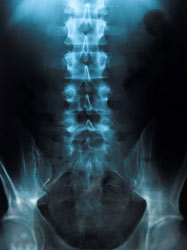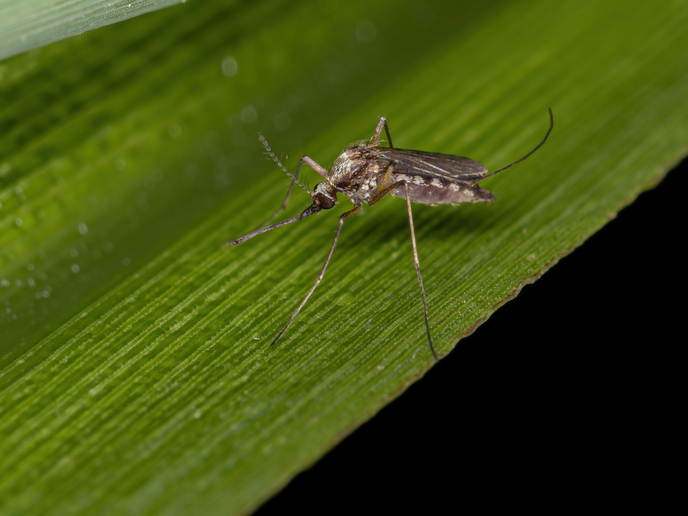The backbone of spine degeneration
The human spine is a complex and dynamic structure. It can bear the weight of the head and yet allows the flexibility to sit, dance and lift loads. Until, that is, degeneration occurs. This can happen all too early in life and then can lead to a path of disc herniation, pain and chronic disability, particularly in the elderly. Project members within EURODISC investigated the links between ageing, the environment and genetic factors that contribute to this unfortunate spiral of decline. Cell senescence is a phenomenon that has been linked to degenerative diseases in other tissues. This is when a cell is no longer able to successfully divide to produce fresh daughter cells. A team of scientists at the Robert Jones and Agnes Hunt hospital in Shropshire have therefore specifically investigated if this process, characteristic of ageing, occurs in different tissues of the spinal disc. The degree of senescence was assessed by means of two criteria. Firstly, a biomarker associated with senescence in tissues and secondly, the number of cells in a cluster which increases directly with the amount of ageing. The researchers found that the degree of senescence varied according to the type of degeneration. For example, herniated discs displayed the greatest percentage of aged cells as compared with other degenerative diseases. Moreover, the tissue type within the disc was important. Each disc is composed of a soft middle, the nucleus pulposus surrounded by rings of connective tissue. Senescence was more commonly associated with the soft nucleus where cell clusters were seen to occur. These results have important implications for the development of back ailments and their treatment. Firstly, tissue engineering is a real possibility for disc therapy whereby replacement tissue is supplied. It appears then that cells from degenerative tissue would be unsuitable for use. Secondly the presence of senescent cells is generally associated with abnormal behaviour in tissues and therefore may prove to be the root cause of spinal degeneration. These results have been posted on the project website, http://www.physiol.ox.ac.uk/EURODISC/ The results of the project are well explained here for both the public and interested academics in the field. They have been further disseminated through peer meetings, journals and conferences.







